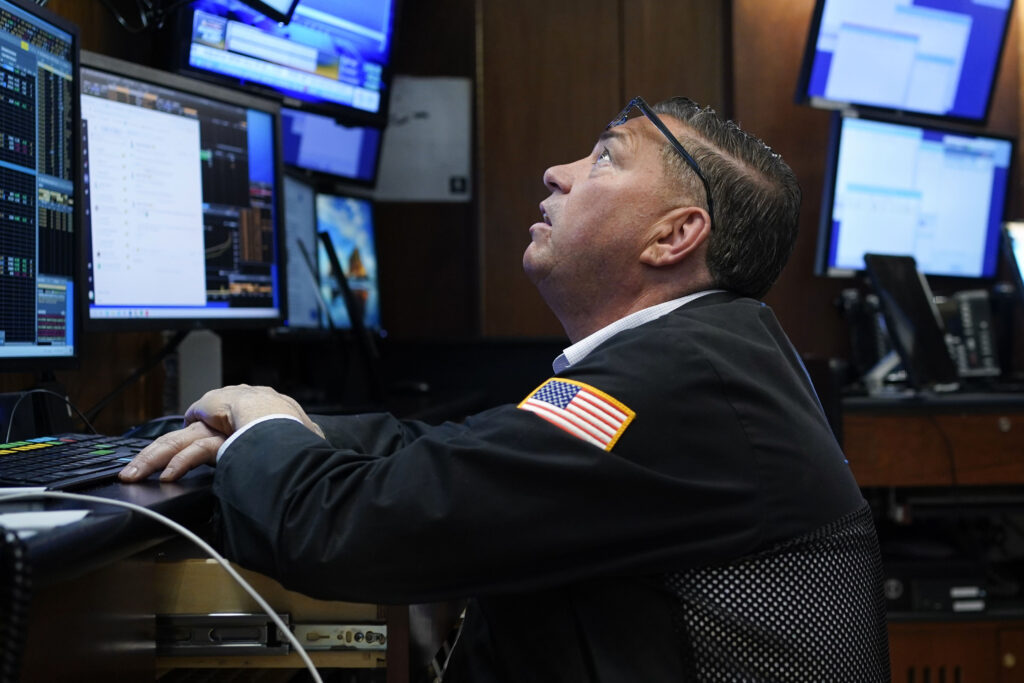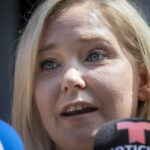Wall Street’s main indexes were dragged lower by battered growth stocks on the final trading day of a roller-coaster year marked by aggressive interest-rate hikes to curb inflation, the Russia-Ukraine war and recession fears. Most rate-sensitive technology and growth stocks such as Apple Inc (AAPL.O), Amazon.com Inc (AMZN.O), Alphabet Inc (GOOGL.O) and Meta Platforms Inc (META.O) fell between 1.5% and 1.8% on Friday, as U.S. Treasury yields rose. The Associated Press has the story:
Stocks fall broadly, worst year for S&P 500 since ’08
Newslooks- NEW YORK (AP)
Stocks fell in morning trading on Wall Street Friday as major indexes close out a dismal year with lingering concerns about stubbornly hot inflation and a potential recession.
The S&P 500 fell 0.8% as of 10:15 a.m. Eastern. The index, which is considered a benchmark for the broader market by investors, is on track to end 2022 with a 20% loss. That would mark its worst loss since the financial crisis 14 years ago.
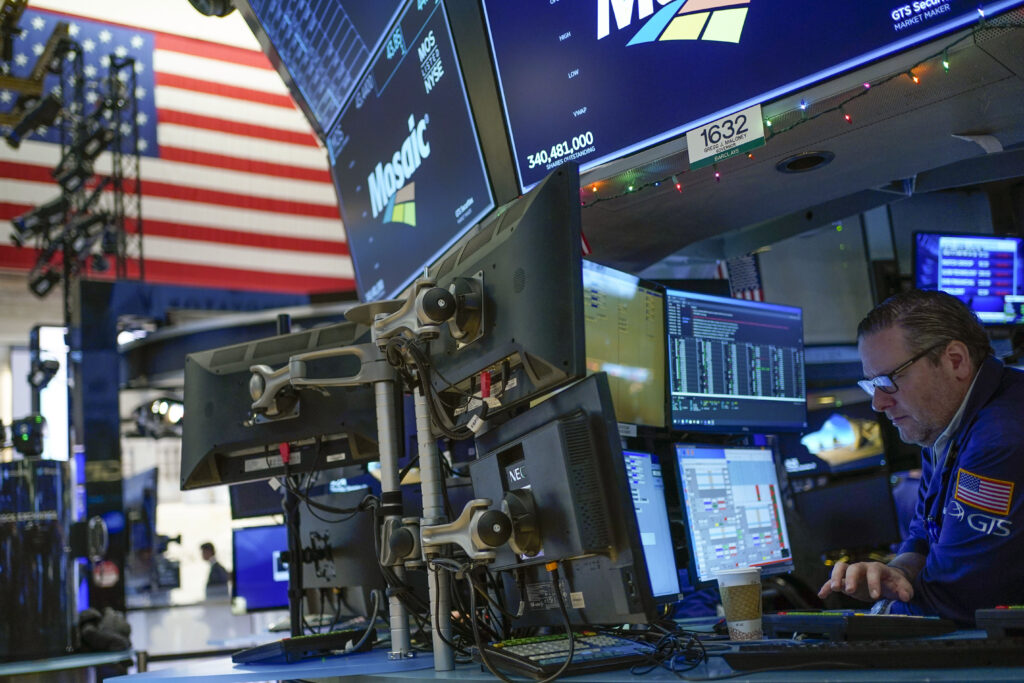
The Nasdaq composite fell 1% and is on track for a much steeper annual loss of 34%. The index is faring much worse this year because it is heavily made up of technology stocks that have been leading the broader market slump.
The Dow Jones Industrial Average fell 224 points, or 0.7%, to 32,995. It is on track for a 9% loss this year.
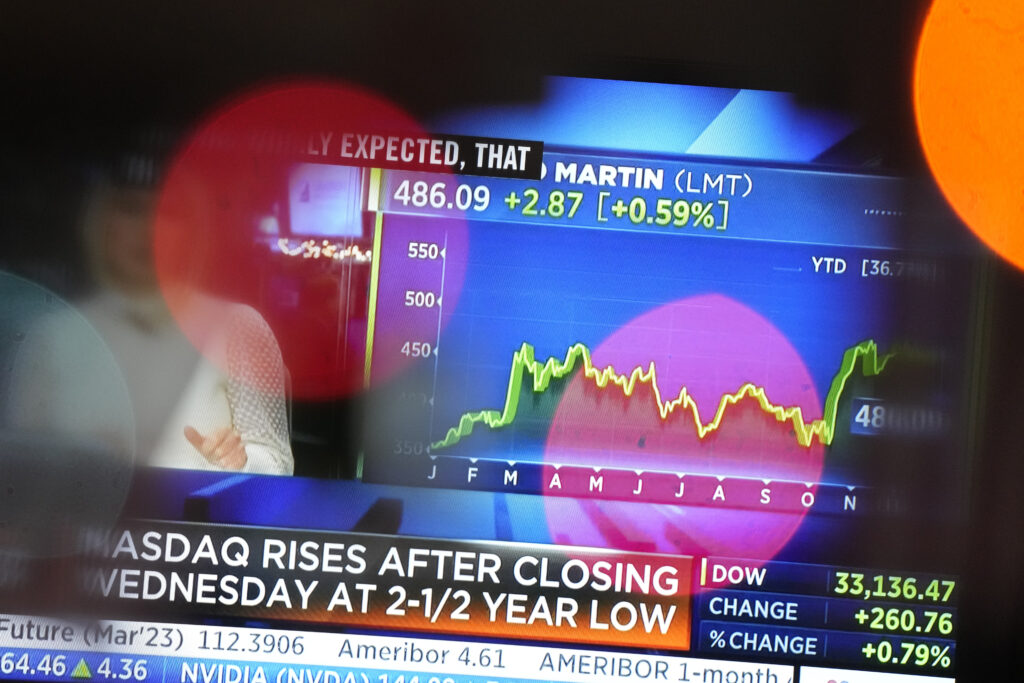
There was scant corporate or economic news for Wall Street to review on the last trading day of the year. Tesla rose 0.9% as it continued to rebound from steep losses earlier in the week. Southwest Airlines stabilized as its operations returned to relative normalcy following massive cancellations over the holiday period.
Energy stocks held up better than the rest of the market as U.S. crude oil prices rose 1%.
Bond yields rose. The yield on the 10-Year Treasury, which influences mortgage rates, rose to 3.89% from 3.82%.
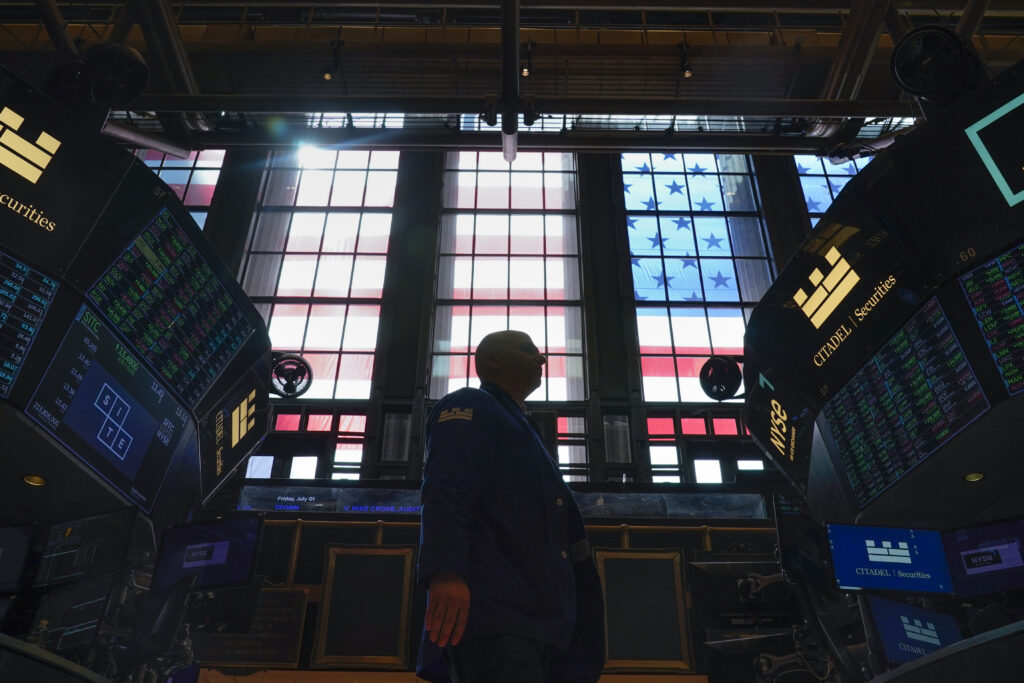
Stocks struggled all year as inflation put increasing pressure on consumers and raised concerns about economies slipping into recession. Central banks raised interest rates to fight high prices. The Federal Reserve’s aggressive rate hikes remain a major focus for investors as the central bank walks a thin line between raising rates enough to cool inflation, but not so much that they stall the U.S. economy into a recession.
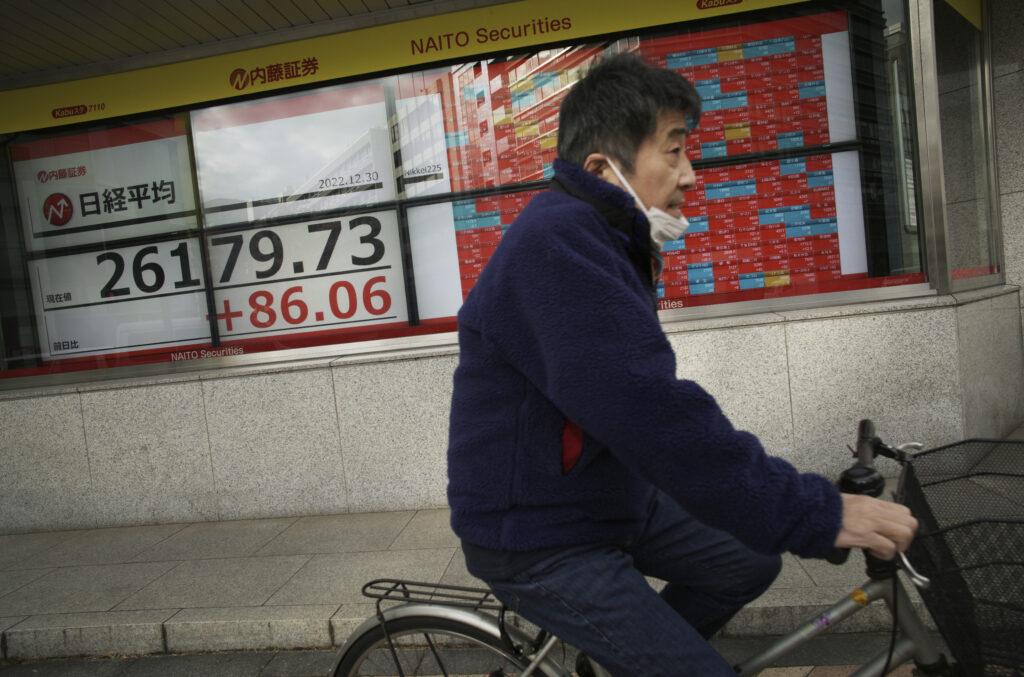
The Fed’s key lending rate stands at a range of 4.25% to 4.5% after seven increases this year. The U.S. central bank forecasts that will reach a range of 5% to 5.25% by the end of 2023. Its forecast doesn’t call for a rate cut before 2024.
Russia’s invasion of Ukraine worsened inflation pressure earlier in the year by making oil, gas and food commodity prices even more volatile amid existing supply chain issues. China spent most of the year imposing strict COVID-19 policies which crimped production for raw materials and goods.

